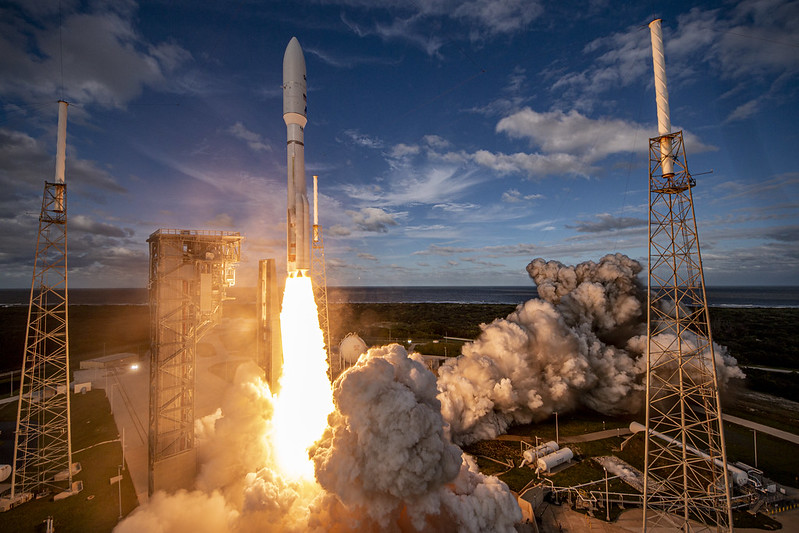
We had a rare commercial launch from United Launch Alliance, carrying SES 20 and 21 on their way to geostationary orbit.
This launch was pretty unique; to understand why, here’s some background.
ULA was created in 2006 by a U.S. government order merging two companies’ rocket businesses. They launched all of the government’s satellites for almost a decade, receiving a billion dollars a year just to keep the pads ready, above the costs charged for individual launches. This arrangement made some of the other commercial launch providers in the U.S. upset, and this launch monopoly finally ended in 2015 after a series of lawsuits.
Mostly because of the higher costs, ULA has done very few commercial launches. Still, some customers chose them and continue to choose them for specific capabilities, like launching to certain high orbits.
SES 20 and 21 is one of these rare commercial launches. Several international satellite companies are working with the U.S. government to trade satellite bandwidth from one area to another so that ground-based 5G service can be rolled out to more of the US.
This involves launching expensive new satellites, but the government offered a monetary reward to those who were able to shift bandwidth before the end of 2023.
That’s where ULA comes in. The Atlas V 531 was able to deliver both satellites totaling 3.2 metric tons almost directly into geostationary orbit, shaving months off the time needed to get them into service. If they were put into a normal geostationary transfer orbit, the process would have taken six months just to raise the orbit because of the satellites’ low thrust xenon engines and even longer to test the satellite once in position.
This mission was the first commercial Atlas V mission to do a direct geostationary insertion, though Atlas V has done this for classified government satellites on several occasions.
After launching on October 4, the Centaur upper stage performed three burns over six hours to first get into orbit and second to raise the apogee of the orbit. Six hours later, it performed one final burn to circularize the orbit prior to deploying the satellites. Six hours instead of at least six months. That’s quick!
This mission marked the 154th ULA launch across their three rocket families and the fifth and final launch of the 531 variant.
More Information
ULA press release




 Join the Crew!
Join the Crew!
 Escape Velocity Space News
Escape Velocity Space News
0 Comments